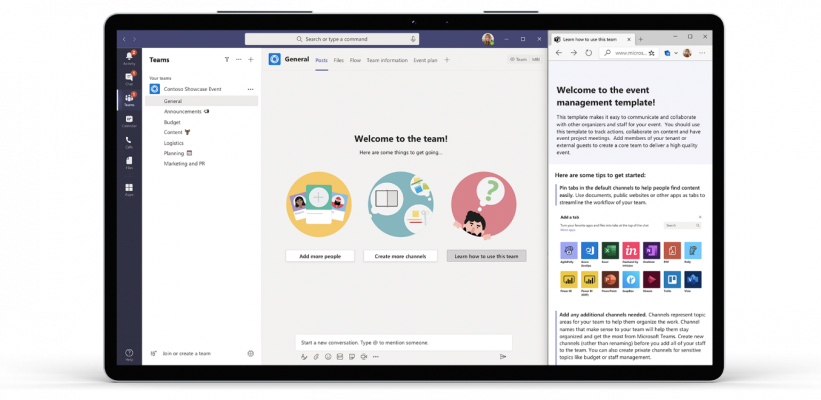Focus on 3 Key Factors to Create a Learning Strategy that Addresses Remote Workers' Needs
In part one of this series, we looked at the state of enterprise learning and development (L&D) during the present pandemic—although some organizations have started to offer virtual training and develop digital strategies, many workers still are not satisfied with their employers’ investments in professional development, according to a recent MIT/Deloitte survey.
In this post, we explore why organizations should be concerned about that dissatisfaction, and how they can begin creating workplace learning strategies that address the needs of remote workers.
Companies rated highly for employee training have less turnover—in LinkedIn’s 2020 Workplace Learning report, those organizations experienced 53 percent lower employee attrition. And dissatisfaction is only part of the problem. Employees are also anxious—according to a recent Gallup poll, less than 4 in 10 feel very confident that they will be able to continue to meet the requirements of their job successfully if the Covid-19 outbreak continues.
Employees are anxious—according to a recent Gallup poll, less than 4 in 10 feel very confident that they will be able to continue to meet the requirements of their job successfully if the Covid-19 outbreak continues.
The time for action is now. Each organization will follow its own specific path, but experts agree that addressing the following three key factors can increase chances of success1:
1. A clear vision for how employees can create value.
Change management has been a top concern for leaders, even before Covid-19. But organizations cannot accelerate culture change without first developing and communicating a clear vision for L&D.
First, companies need to begin treating labor as an investment, not a cost. Reskilling and upskilling are important, but development opportunities deliver value.
Buy-in, both from the c-suite and from managers, is a critical factor. According to LinkedIn’s report, many companies made gains in recent months. More than two-thirds (68 percent) of learning leaders said that managers are promoting more learning to their teams than they did prior to the Covid-19 crisis. And managers themselves are practicing what they preach—they spent twice the amount of time learning in March and April compared with January and February, according to LinkedIn.
2. A company culture that recognizes and rewards workers for their efforts.
Change happens when organizations articulate their vision clearly and demonstrate the connection between specific resources like training and advancement opportunities within the company. Think cause and effect: Productivity and satisfaction suffer when employees don’t know what’s expected of them, or how specific training programs can lead to growth within the company.
3. Access to tools and resources that enable individuals to invest in themselves.
Enable workers to build their skills, expand their opportunities, and increase their productivity. Provide a mix of live, virtual training, online learning content, software coaching, self-help resources, and other blended options that address the needs of a remote workforce.
Without a doubt, Covid-19 has had a profound effect on every aspect of work and life. For organizations, the best way forward is to view it as a valuable opportunity to overhaul and supercharge their approach to L&D.
1. Based on research from MIT/Deloitte, LinkedIn’s 2020 Workplace Learning report, and a recent Gallup poll.
Image: Designed by rawpixel.com / Freepik











